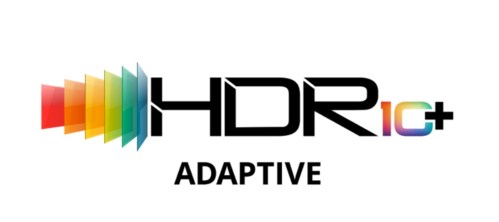
In the closing days of 2020, Samsung announced that its new TVs for 2021 — which were introduced a few days later at CES 2021 — will include a technology called HDR10+ Adaptive. If it sounds familiar, that’s likely because it’s built on top of HDR10+, a high dynamic range (HDR) format that Samsung has been championing for several years. But there’s more to HDR10+ Adaptive than HDR, so let’s dig into all of the details.
First, a quick primer on HDR as a technology. Though there are several competing HDR formats — something that is creating increasing confusion for buyers — they all strive for the same goal, which is to make movies and shows look way better through increased brightness, increased colors, and increased image accuracy. When all of the necessary ingredients come together, it can look stunning.
Picture quality, however, can be something of a moving target. The quality of your TV plays an integral role, as does the quality of the material you’re watching, and — if you’re streaming your video — even the quality of your internet connection can have an effect on what you see. But there’s another factor that most people ignore: Room lighting conditions.
It may seem obvious that a brighter room will affect the way your movies look versus a dark room (there must be a reason why movies theaters turn out the lights), and yet plenty of folks never change the settings on their TVs even as the ambient light in their rooms changes over the course of a day. HDR10+ Adaptive seeks to compensate for that tendency by automatically calibrating your TV’s image in response to your room’s changing conditions.
It does this by taking advantage of a light sensor built into the TV. As lighting in the room changes, the sensor passes this info back to the TV’s image processor, which makes changes to the screen’s brightness on a scene-by-scene basis.
Critically, it makes these adjustments intelligently, using the dynamic metadata within HDR10+ material as its benchmark. Samsung claims that this results in better image quality with no loss of detail or contrast.
HDR10+ Adaptive is effectively the same concept as Dolby Labs’ Dolby Vision IQ, which performs similar room lighting-based adjustments in conjunction with Dolby Vision material. Samsung has never licensed Dolby Vision or Dolby Vision IQ technologies, so HDR10+ Adaptive was a logical move for the company.
HDR10+ Adaptive only works when you have a compatible TV that is displaying HDR10+ content. In the past, HDR10+ content has been hard to come by, but that’s changing as more studios and streaming services adopt it. Amazon Prime Video has been a major supporter of HDR10+, and every HDR movie or show on the streaming service is also available in HDR10+. It’s also gaining steam on UHD Blu-ray titles, like the release of Parasite from Universal Pictures Home Entertainment.
For now, HDR10+ Adaptive is only available on new QLED TVs from Samsung, but Panasonic has also pledged to support this format. Because of Panasonic’s small TV footprint in the U.S., our options may be limited to Samsung for the immediate future.
Editors' Recommendations
- What is HDR10+? What you need to know about the HDR format
- What is Dolby Vision? The dynamic HDR format fully explained
- Google Play sides with team Samsung in the HDR format war